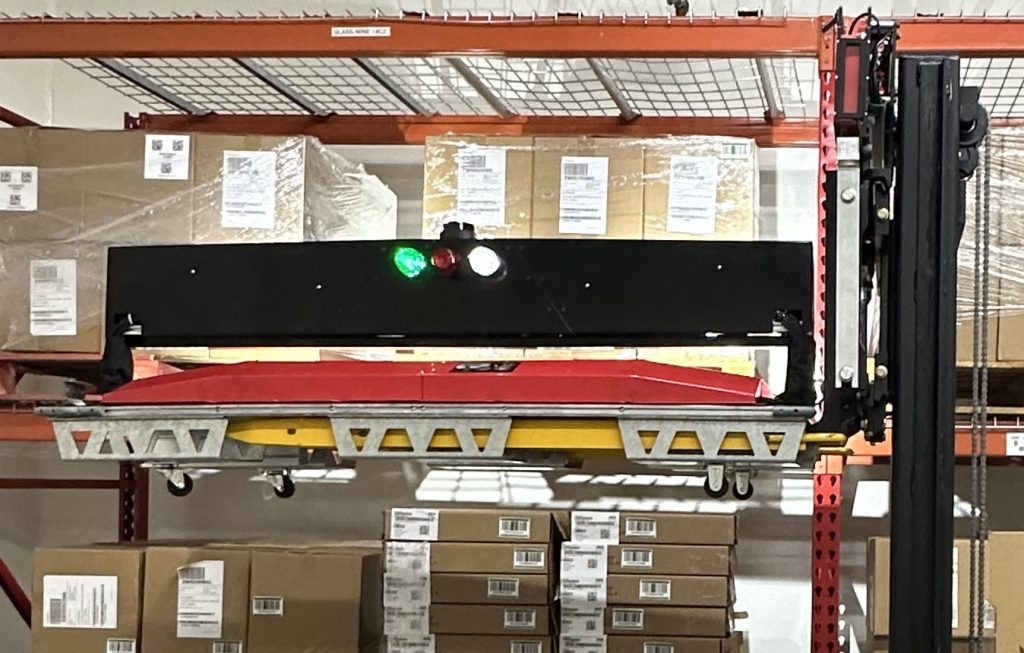Your browser is out of date, for the best web viewing experience visit Browse Happy to upgrade your browser today.

A very common response to improving inventory accuracy is deploying a credible Warehouse Management System (WMS). Warehouse managers understand the value of a good WMS and have persuaded their CFOs to invest heavily in securing and deploying these platforms. A typical WMS deployment can cost a warehouse hundreds of thousands of dollars along with monthly or annual maintenance fees. Following these investments, warehouses quickly realize that a good WMS is not the silver bullet they hoped it would be.
It’s true that a WMS is engineered to provide as close to real time visibility into inventory levels, locations, and movement across the warehouse. A WMS helps warehouse managers easily track and report on inventory status. With this inventory data, it becomes easier to identify and resolve discrepancies such as stockouts, overstocking or missing products.
Additionally, a WMS can help support the automation of inventory management processes, which can reduce the likelihood of human errors that lead to inaccuracies. For example, a WMS benefits from inventory scanning to automatically capture inventory data and update inventory records in real-time, reducing the need for manual data entry.
Lastly, most WMS platforms provide tools to support cycle count and inventory status reporting. With a WMS, cycle counting can be more efficiently managed and tracked, allowing for more frequent and accurate counts that provide near real-time visibility and reporting.


It’s true a good WMS can be invaluable to warehouse managers.
But…. a WMS is only as good as the data it receives.
“Garbage in – GARBAGE OUT”
If the quality of data entering the WMS is of poor quality, then the output (the true value of the WMS) will be equally poor and unreliable.
Every experienced warehouse manager understands that data capture (and the process used to accomplish it) is the root of their accuracy challenges. The continual process of cycle counting is time consuming, labor extensive, expensive, and prone to errors, no matter how efficient your team is. An effective cycle count process needs to:
When a WMS contains the most up to date inventory data, the benefits of the system are irrefutable. A well-informed WMS automates and streamlines warehouse workflows including inventory receiving, goods put-away, order picking, customer order packing, and finally customer order shipping. By optimizing these tasks, a WMS helps improve operational efficiency, reduce manual errors, and increase productivity. It enables organizations to handle higher order volumes and fulfill customer orders more quickly and accurately.
But if the WMS data is not current due to labor intensive and unpredictable cycle counting, the value of the WMS is greatly diminished. Vimaan provides the most up to date automated inventory cycle counting through StorTRACK. This innovative inventory capture solution includes a mobile camera and sensor frame engineered to improve the speed and quality of warehouse cycle counting. Lifted and maneuvered by existing forklifts, order pickers and other MHE, StorTRACK scans inventory shelves from the floor to the highest level and every shelf in-between.

To learn more about Vimaan inventory accuracy automation management solutios,contact our team today.